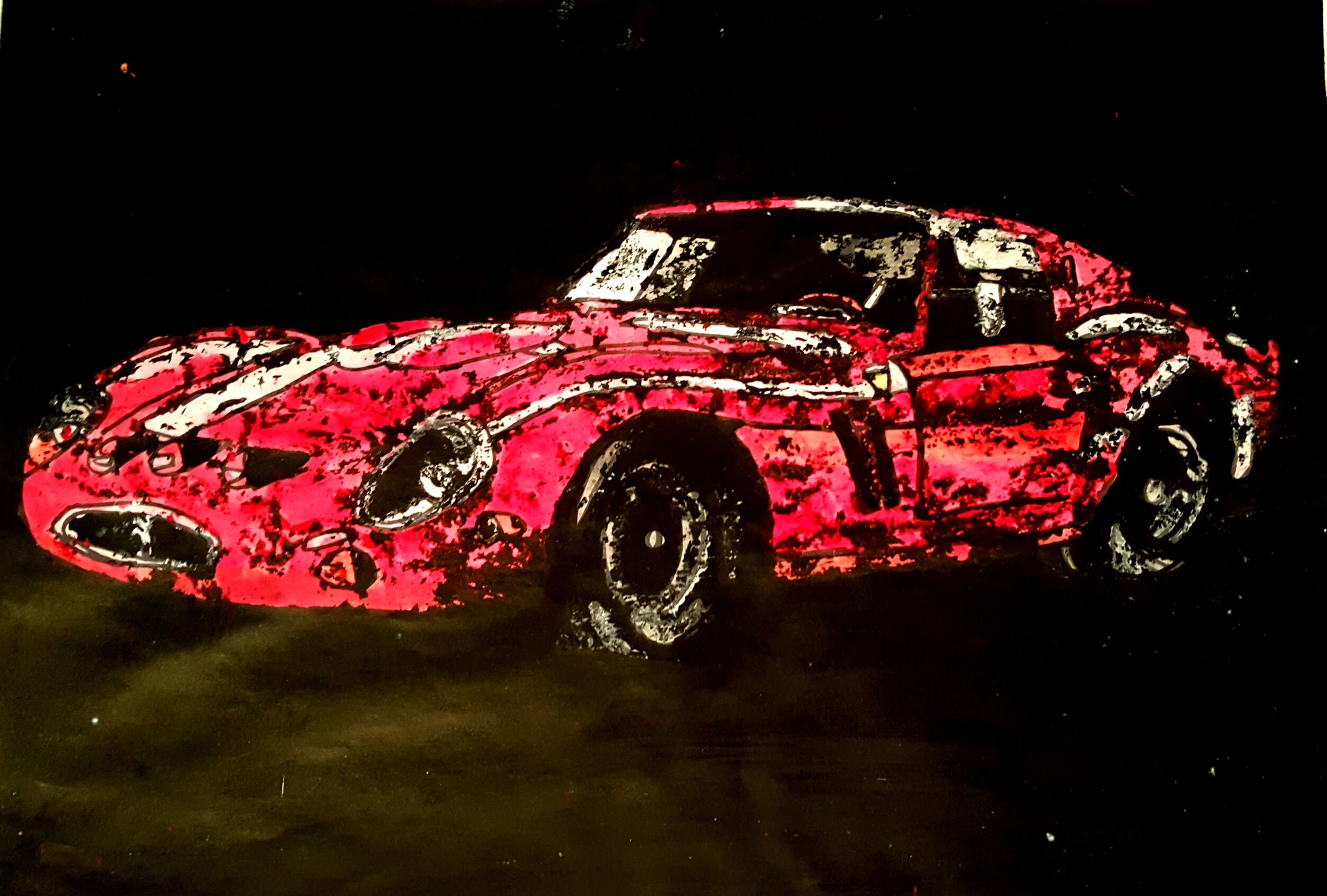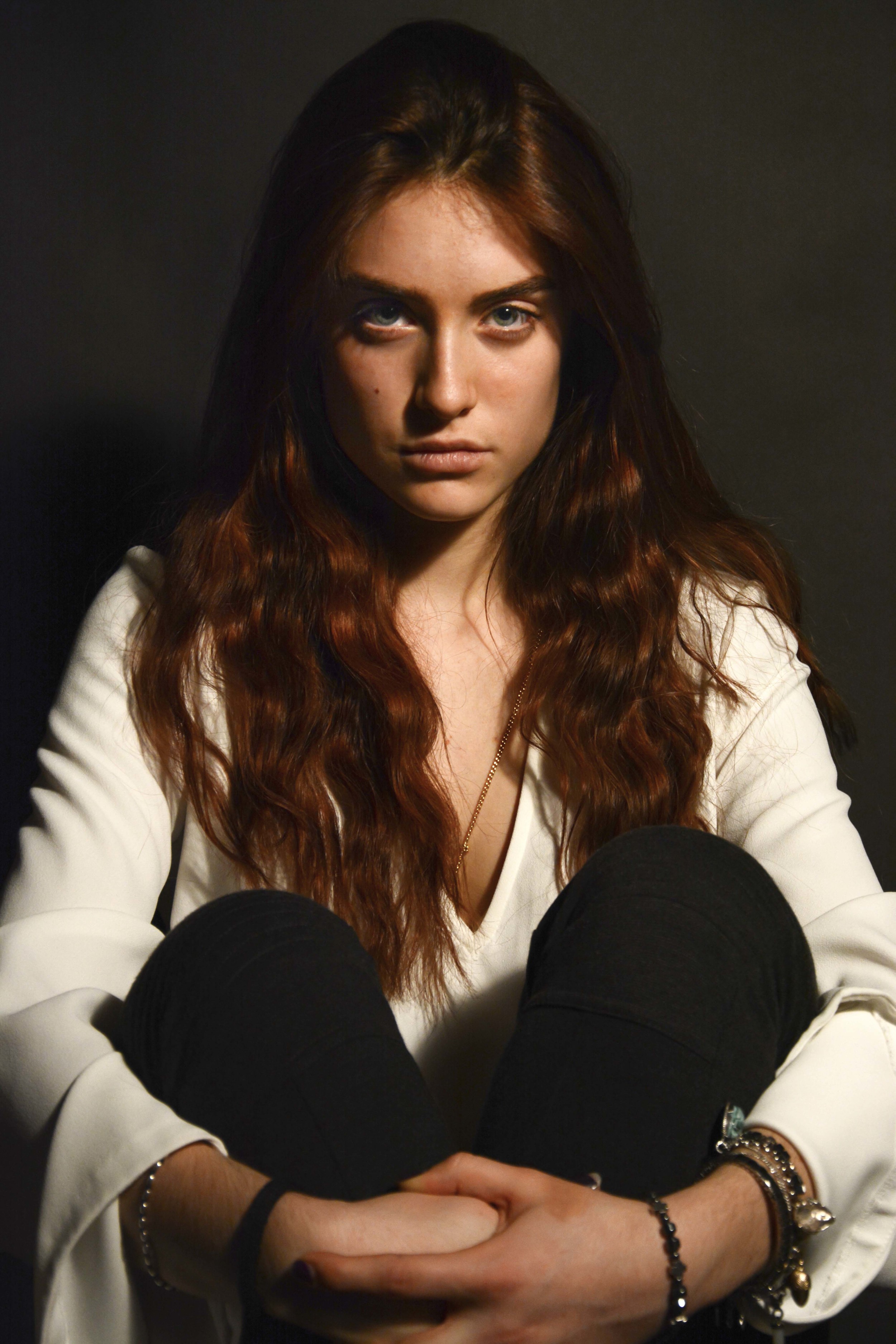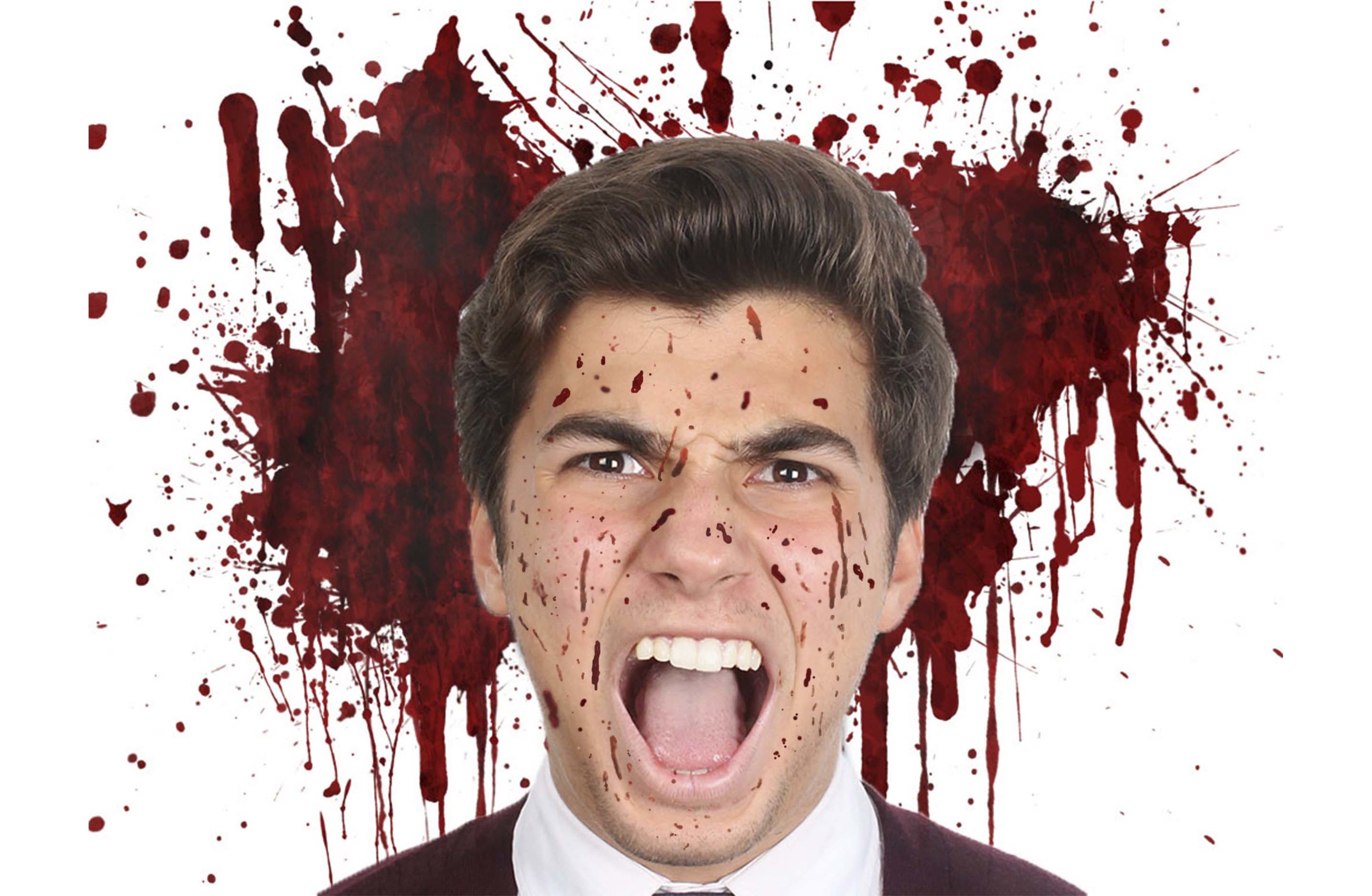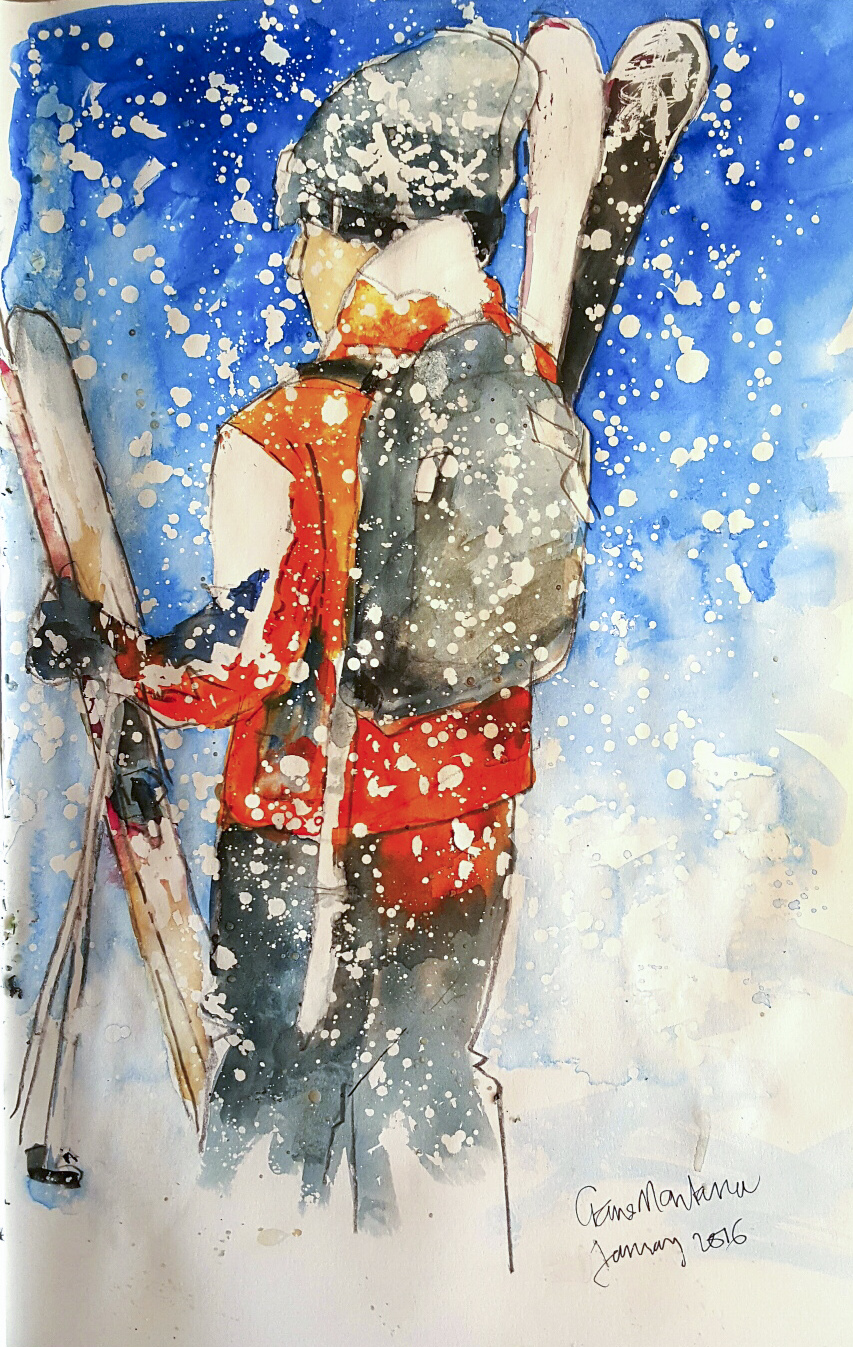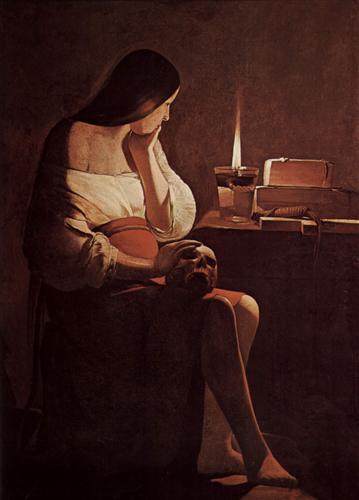Our annual A&D trip to the Vitra campus and Design Museum included 25 of us on the November 20th weekend. We visited the Tadao Ando Conference Center and the new factory building by SANAA under the expert guidance of our Vitra guide Mrs. Jost, who is especially knowledgeable about Ando, Japanese architecture, and the history of the Vitra company. The experiential aspect of the trip is always a student favorite: it's impossible to over-estimate the importance of actually 'being there.' The trip went slightly later in the semester this year, allowing us to see the Bauhaus exhibition at the Design Museum. The Bauhaus was an idealistic German art school open between 1919 and 1933 where the goal was the unity of the arts. The focus of Bauhaus instruction shifted slightly over time from craftsmanship to industrial production to architecture, but the core principles of the Bauhaus education remained the same. The preliminary course, taught by famous 20th-century artist / teachers Paul Klee, Vassily Kandinsky, and Josef Albers (among others) emphasized materials, color theory, and formal relationships. Following this initial year, students specialized in one of the disciplines offered, such as metalworking, cabinetmaking, pottery, typography, and wall painting. The school adopted the slogan "Art into Industry" as an expression of its core ideals.
This community of purpose striving for a unity of the arts was truly admirable, as was theBauhaus emphasis on craftsmanship. Both Eliel Saarinen, who taught at Cranbrook Academy of Art, and Charles Eames, the California-based American designer, shared this idea of the centrality of the arts in human life. Students in the A&D classes try to be as mindful as possible about Saarinen's and Eames's ideas as they design their own chairs and houses. Vitra continues the Bauhaus tradition in its dedication to beauty, comfort, and design unity. (Written by Mark Aeschliman, Faculty)




